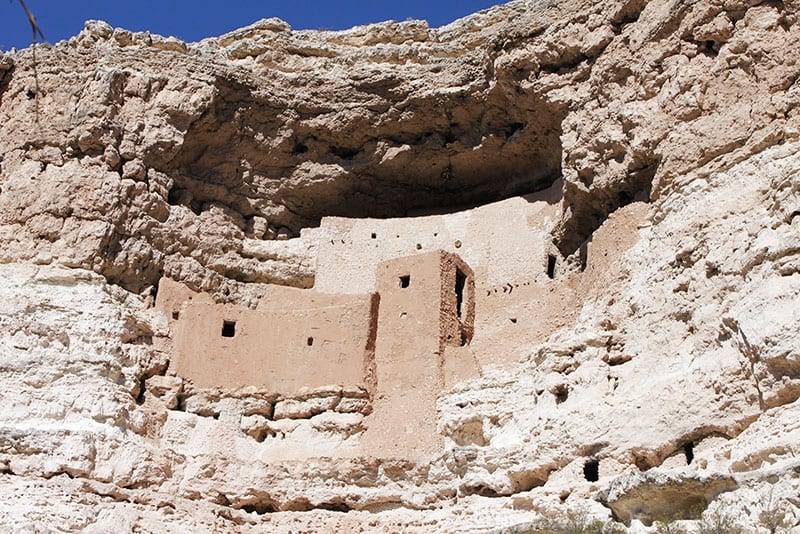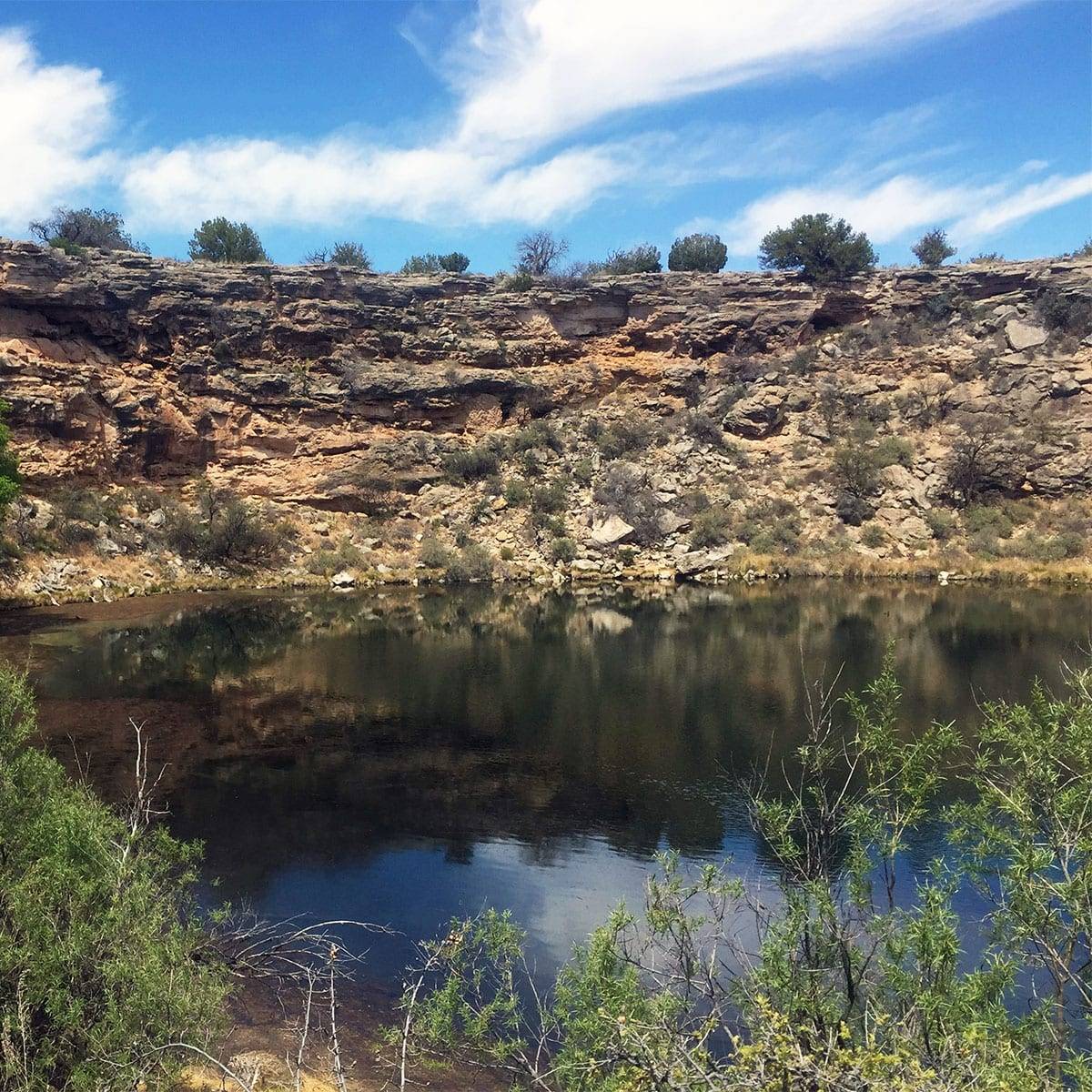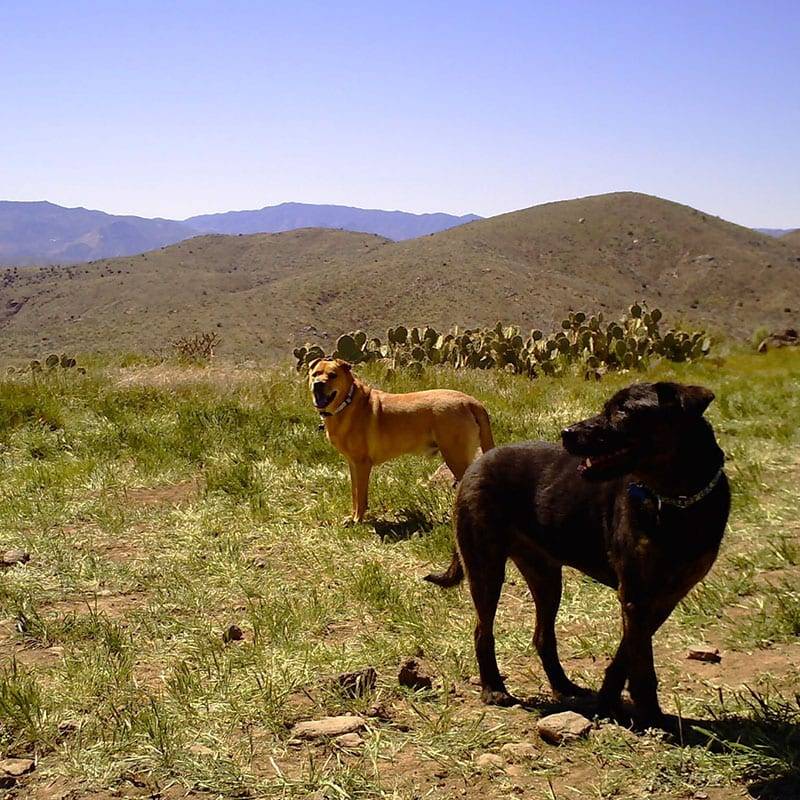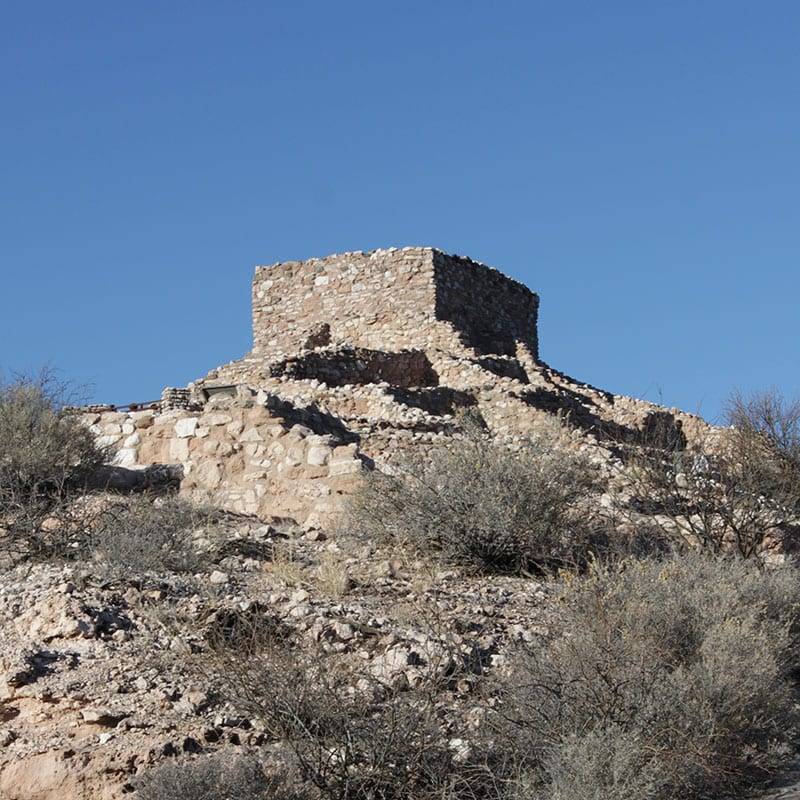National Monuments near Camp Verde
Montezuma Castle Montezuma Well Agua Fria Tuzigoot
Camp Verde has four National Monuments within an hour’s drive. Visit Montezuma Castle, Montezuma Well, and Tuzigoot national monuments to learn more about the ancient cultures that once called the Verde Valley home, or lace up your hiking boots and head out into the Agua Fria to explore one of the most significant systems of prehistoric sites in the American Southwest.
Please remember that these public archaeological treasures are protected by federal law. Do not remove artifacts or deface these sites in any way
Montezuma Castle National Monument
Montezuma Castle National Monument features well-preserved cliff-dwellings. They were built and used by the Pre-Columbian Sinagua people, northern cousins of the Hohokam, around 700 AD. It was occupied from approximately 1125-1400 AD, and occupation peaked around 1300 AD. Several Hopi clans trace their roots to immigrants from the Montezuma Castle/Beaver Creek area. Clan members periodically return to their former homes for religious ceremonies. When European Americans discovered them in the 1860s, they named them for the Aztec emperor (of Mexico) Montezuma II, due to mistaken beliefs that the emperor had been connected to their construction. Neither part of the monument’s name is correct. The Sinaqua dwelling was abandoned 100 years before Montezuma was born and the Dwellings were not a castle. It was more like a “prehistoric high rise apartment complex”.


Montezuma Well National Monument
Montezuma Well, a detached unit of Montezuma Castle National Monument, is a natural limestone sinkhole near Rimrock, Arizona through which some 1,400,000 US gallons of water flow each day through two underground springs. It is located 11 miles (18 km) northeast of Montezuma Castle. The well measures in at 368 feet (112 m) across and 55 feet (17 m) deep. The water is highly carbonated and contains high levels of arsenic. At least five endemic species live (only) in the Well: a diatom, a springtail, a water scorpion, the amphipod, and the leech — the most endemic species in any spring in the Southwestern United States. It is also home to the Montezuma Well springsnail. Montezuma Well’s outflow has been used for irrigation since the 8th century. Part of a prehistoric canal is preserved at the picnic ground, and portions of the original Sinagua canal are still in use today.
Agua Fria National Monument
This expansive mosaic of semi-desert area, cut by ribbons of valuable riparian forest, offers one of the most significant systems of prehistoric sites in the American Southwest. In addition to the rich record of human history, the monument contains outstanding biological resources. Pueblo la Plata showcases a major settlement of stone masonry pueblos. To visit la Plata, travel 8.3 miles on Bloody Basin Road from the entrance of the national monument. Turn north and follow the dirt road for approximately one mile. A high clearance vehicle is recommended. There is a lot to see and do within the Monument, depending on the season. Hiking, viewing cultural sites, wildlife viewing, birdwatching, hunting (big-game and upland game-bird), scenic drives, and four-wheel driving (off-road travel is not allowed) are just a sampling of activities you can enjoy.


Tuzigoot National Monument
Tuzigoot is a small national monument, one of several sites south of Flagstaff where the remains of dwellings of the 12th century Sinagua people are preserved. Unlike the single cliff house of Montezuma Castle 20 miles southeast, Tuzigoot comprises a cluster of buildings, on top of a small sandstone ridge close to the Verde River valley.. There are examples of local cacti and shrubs, and a short wheelchair-accessible loop path that leads up the hill, round some of the ruins to the summit and then back to the carpark.
